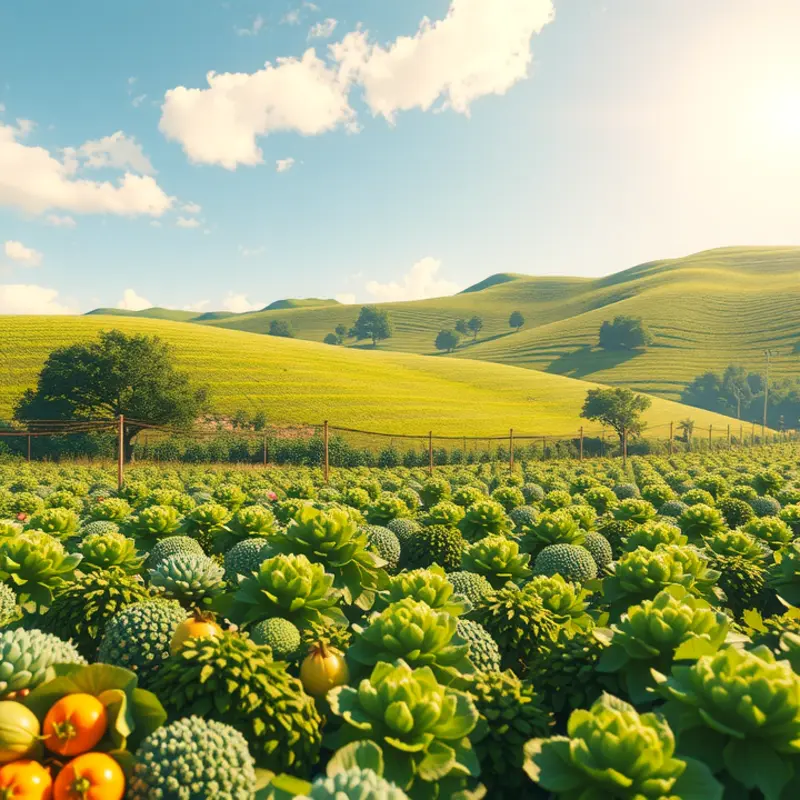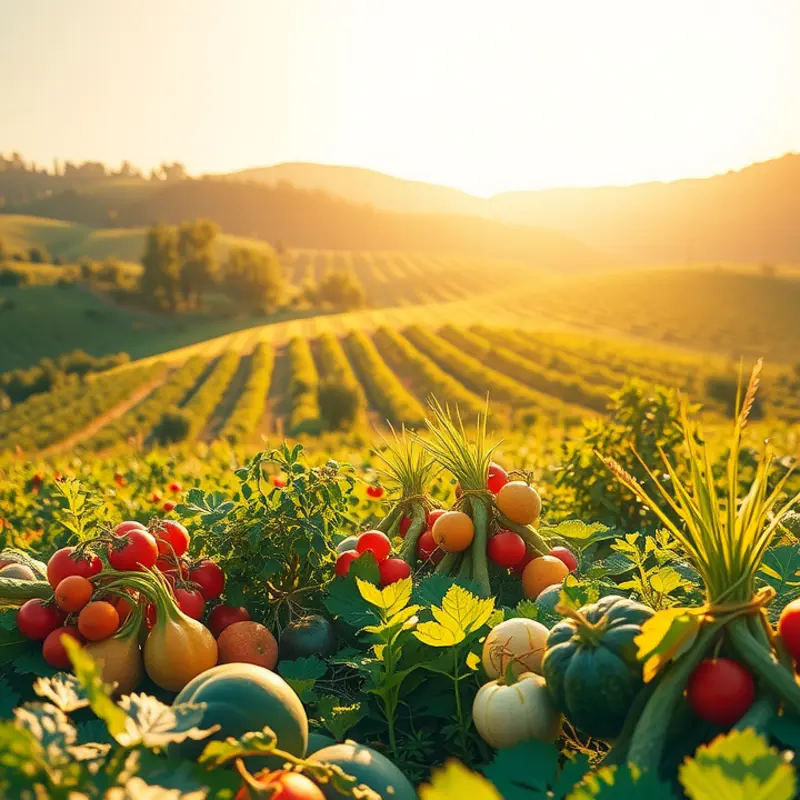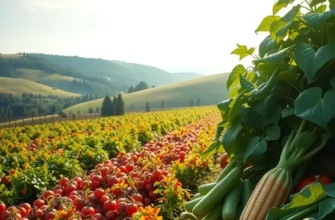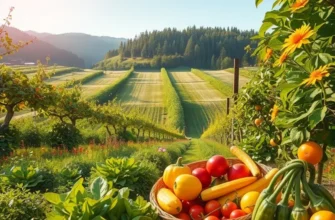Storing fruits properly is essential for maintaining their freshness and minimizing waste. With the right techniques, you can significantly extend the shelf life of your favorite produce. This guide focuses on practical tips that not only ensure food safety but also help manage your household’s fruit inventory effectively. Learning how to store fruits correctly can lead to less spoilage, more savings, and delicious snacks ready at your fingertips.
Choosing the Right Storage Method

Understanding the specific storage needs of fruits can significantly extend their freshness and reduce waste. Different fruits thrive under various conditions due to their distinct rest periods and temperature sensitivities. By smartly selecting the right method for each type of fruit, you can enhance their shelf life and decrease spoilage.
Refrigeration is often the go-to method for many fruits, but not all are suitable for cold storage. Berries, cherries, and grapes thrive in the fridge due to their high moisture content. They benefit from the cooler temperatures, which slow down ripening and prevent mold. However, ensure they are dry before storing to minimize moisture-induced rot. For fruits like apples and pears, refrigeration extends firmness and freshness, though they can be ripened at room temperature before consumption.
In contrast, tropical fruits such as bananas, pineapples, and mangoes prefer room temperature. The cold of a refrigerator can halt their natural ripening process and lead to undesirable changes in taste and texture. Once ripened, these fruits can be stored in a cooler environment if necessary, but for short durations only.
Cool pantry storage, usually a dark and aerated space, is ideal for fruits sensitive to both temperature fluctuations and light. Citrus fruits, kiwis, and pomegranates enjoy these conditions, maintaining their juiciness and pulpy textures without chilling. This method is also resourceful for fruits intended for longer storage, like apples during fall.
A crucial factor in fruit storage is the management of ethylene gas—a natural ripening agent. Ethylene-producing fruits such as apples, bananas, and avocados should be stored separately from ethylene-sensitive ones like strawberries and leafy greens, to avoid premature ripening and spoilage. Managing this separation is essential in extending both types of fruit’s shelf life.
Remember, improper fruit combinations in storage can augment waste by accelerating spoilage. Your fruit basket and refrigerator drawers should be organized with this principle in mind. Implementing meticulous storage techniques contributes not only to waste reduction but aligns with broader eco-friendly practices. Expanding on these techniques could help employ sustainable kitchen storage solutions as discussed in our guide on eco-smart kitchen storage.
By carefully evaluating the unique attributes and ethylene interactions of each fruit, you can make informed decisions about storage conditions that best preserve your produce. This meticulous approach ensures that waste is minimized, freshness is maximized, and you enjoy the best taste and nutrition from your fruits.
Tips to Maintain Freshness Post-Purchase

To maximize the freshness of fruits post-purchase, certain storage techniques are essential. Begin by washing fruits only when you’re ready to eat them. Washing them too soon can increase moisture, leading to faster spoilage. Instead, keep unwashed fruits in their original packaging or place them in breathable bags. These help in reducing excess moisture, as over-sealing can trap condensation and cause mold.
Another key tip is proper placement. For instance, store delicate berries in a single layer to prevent bruising. They should also be kept in dry climes within the refrigerator. As for tropical fruits like bananas, keep them at room temperature, away from direct sunlight, to avoid premature ripening. Similarly, citrus fruits thrive when stored in a cool, dark space—either on the counter if consumed quickly or in the fridge for longer freshness.
Breathable produce bags are highly beneficial for preserving fruits like apples and pears. These bags allow ethylene gas, a natural ripening agent, to escape, thus prolonging freshness and preventing overripening. However, some fruits like avocados and tomatoes should mature at room temperature before being refrigerated to enjoy optimal ripeness.
Keep your pantry organized and free from direct sunlight. Light impacts the chemical and physical structure of fruits, accelerating their spoilage. Therefore, when storing fruits in a pantry setting, ensure they are in a shaded part of the room.
Regularly check your fruits for signs of spoilage. A single overripe fruit can impact the others, causing them to ripen quicker than desired. Remove any that are overripe or moldy to safeguard the remaining batch. This preventative measure can avert unnecessary waste, thus saving money and resources.
For those interested in expanding their knowledge on eco-friendly storage, consider this insightful article on eco-smart kitchen storage. Implementing such methods not only extends fruit life but also supports sustainable practices.
Remember, by embracing these storage tips, you will not only reduce spoilage but also ensure a steady stream of fresh fruits for your enjoyment. Cultivating these habits promotes efficiency—which can complement broader sustainable living goals.
Final words
By implementing proper storage techniques and knowing how to handle fruits at home, you can significantly reduce waste and enjoy your purchases to their fullest potential. Making small changes in your storage habits can lead to longer-lasting fruits, enhancing your overall food management journey. Embrace these tips to help your household become more efficient and sustainable while enjoying the delectable flavors of well-stored fruits. Remember, treating each type of fruit with care ensures no bite goes to waste and every piece is savored.







